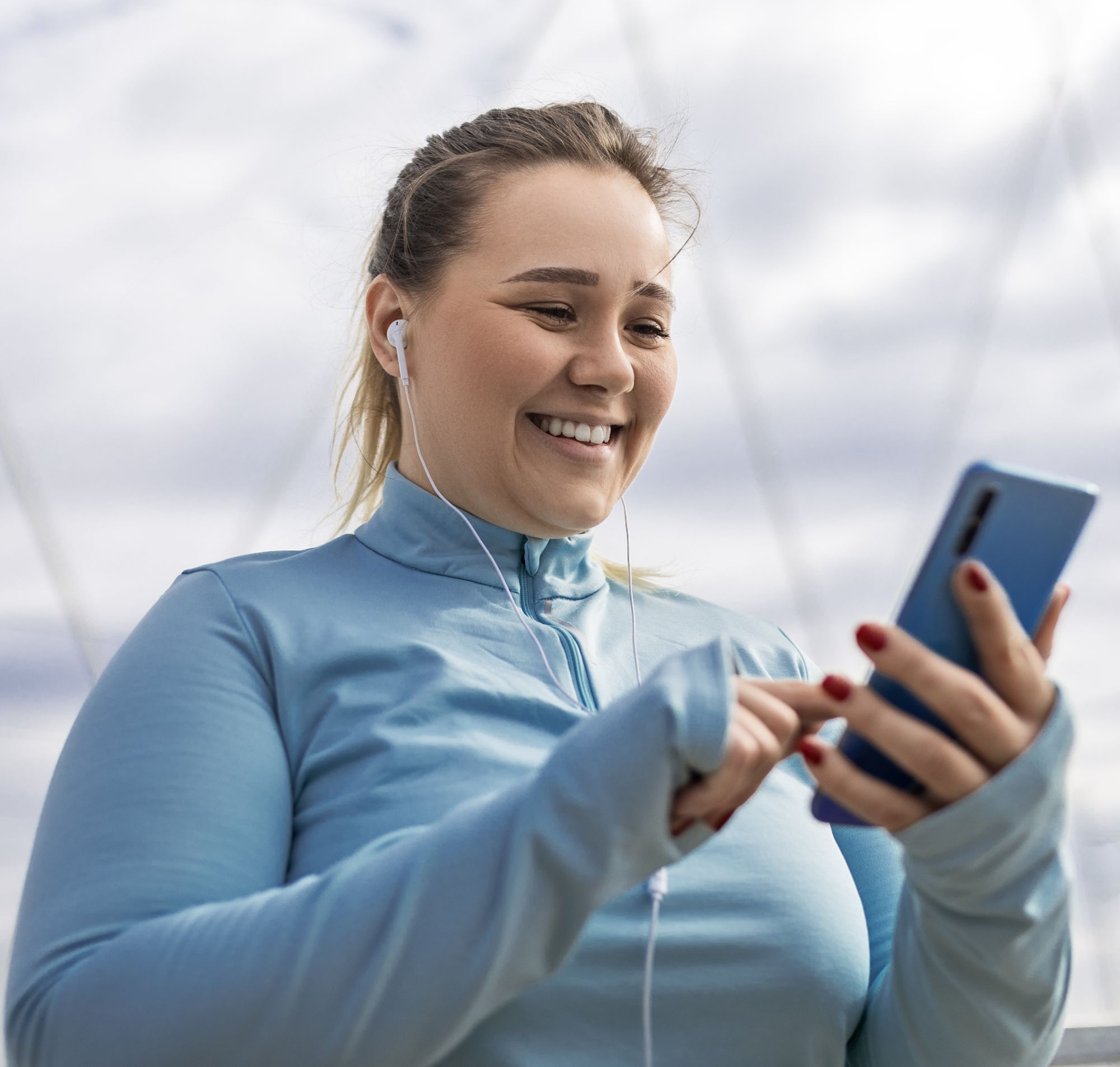Wellness in Your Pocket: How Your Smartphone Can Boost Your Health

October 27, 2025
This, at least, we can all agree on: We rely on our smartphones.
According to a recent market research analysis, 91% of Americans own a smartphone, and we spend an average of four hours and 30 minutes a day using them.
Still, a smartphone — and its countless functions and resources — can be intimidating. If you can relate, the blog post below is for you. It’s a straightforward guide to using your phone to support your health (no purchases required).
“There are a few very simple things that I encourage all my patients to do with their phone that can have an outsize impact on their health,” says Seema Baranwal, MD, FACP, the William Maul Measey Chair in Medical Education, vice dean of institutional effectiveness, and a professor of clinical medicine at Drexel University College of Medicine.
Dr. Baranwal’s suggestions follow:
Set reminders. They can be used for recurring activities like exercising and taking medications as well as unique events, such as a flu vaccination. On an iPhone, tap the Reminders app, then the “+” button in the bottom right of the screen. Enter the task and tap the “i” to the right. This will allow you to set the time and frequency and add any notes that may be helpful. On an Android phone, open the Google Calendar app, tap the “+” button, and select “Reminder.” Both phones also allow for voice-activated reminders.
Create time limits. It’s easy to lose track of time scrolling on your phone. And if it tends to happen at night, it can take time away from a good night’s sleep. Both Android and Apple phones offer ways to manage screen time. Android’s Digital Wellbeing feature and Apple’s Screen Time—both can be found in the settings menus — enable you to set time limits for certain apps, set reminders for scheduled downtime and send you usage reports so that you can see where exactly your time is going.
Keep a journal. Starting a new exercise routine? Track your workouts on your phone. Open the Notes app on an iPhone (Google Keep or Microsoft OneNote on an Android), tap the writing icon in the bottom right of the screen, give your note a title and start writing. The Notes app is also helpful for logging concerning symptoms, such as headaches, dizziness or insomnia. Include as many details as you can, including the date, in anticipation of sharing this information with your health care provider.
Take photos. Similarly, the camera on your phone can also be a means of documenting the appearance of a new mole or the effects of some lifestyle changes. Where your weight can be an unreliable measurement, because new muscle weighs more than fat, Dr. Baranwal says that having a friend or family member take a weekly or monthly photo of you might help make your progress easier to appreciate.
Finally, she says, “try to remember that technology itself isn’t scary. You just need to learn how to make it work for you.”